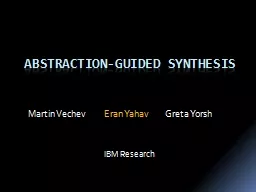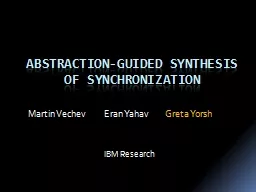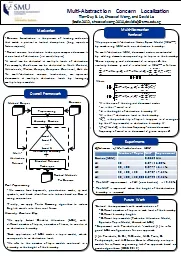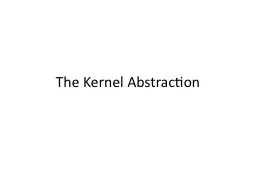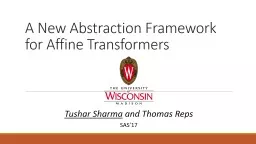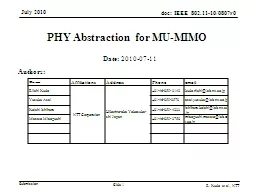PPT-The Kernel Abstraction Main Points
Author : pasty-toler | Published Date : 2018-09-22
Process concept A process is an OS abstraction for executing a program with limited privileges Dualmode operation user vs kernel Kernelmode execute with complete
Presentation Embed Code
Download Presentation
Download Presentation The PPT/PDF document "The Kernel Abstraction Main Points" is the property of its rightful owner. Permission is granted to download and print the materials on this website for personal, non-commercial use only, and to display it on your personal computer provided you do not modify the materials and that you retain all copyright notices contained in the materials. By downloading content from our website, you accept the terms of this agreement.
The Kernel Abstraction Main Points: Transcript
Download Rules Of Document
"The Kernel Abstraction Main Points"The content belongs to its owner. You may download and print it for personal use, without modification, and keep all copyright notices. By downloading, you agree to these terms.
Related Documents



